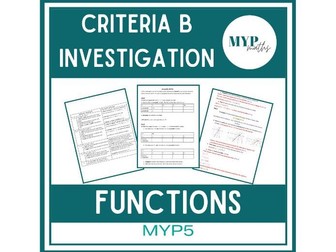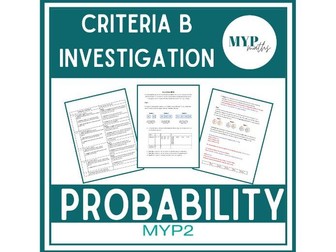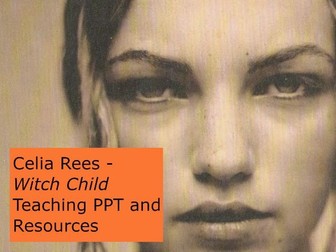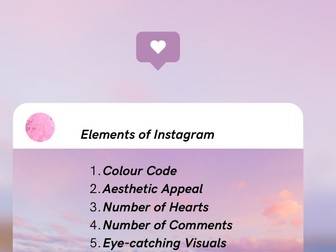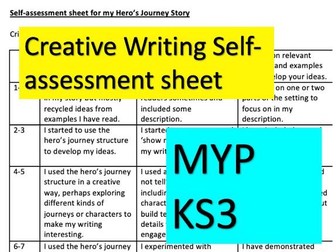
Things Fall Apart - Lessons for the Whole Unit
The PPT contains lessons that I created for an entire study of the whole novel. It contains 168 slides and lessons are clearly separated by lesson title slides. The PPT was designed for other teachers to be able to follow as I was creating this for the other teachers of the Grade 10 to follow. The final assessment at the end of the unit is a writing assessment that requires students to retell a narrative event of their choice from a specific character’s point-of-view, and include content that shows an understanding of the cultural practices of the tribe.
I have also included the overview of the scheme of work.
The lessons are ‘IB MYP’ style lessons.
The Statement of Inquiry: Stories are an effective way to communicate a society’s cultural beliefs, traditions and values.
Global Concepts: Personal and Cultural Expression
Key concept: Communication
Related concepts: Character & Context









